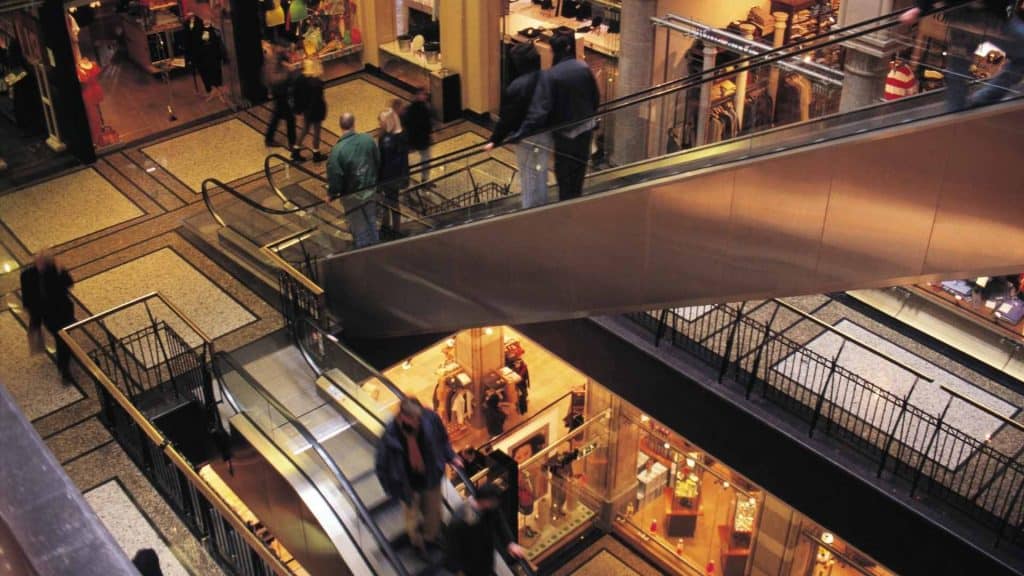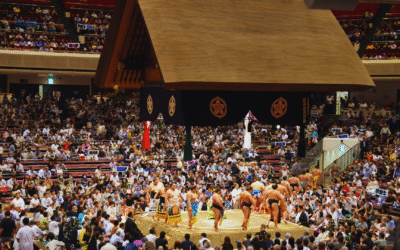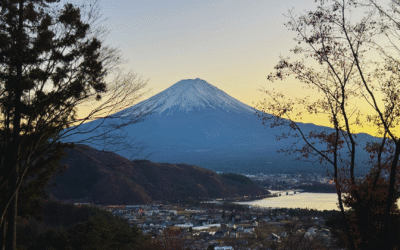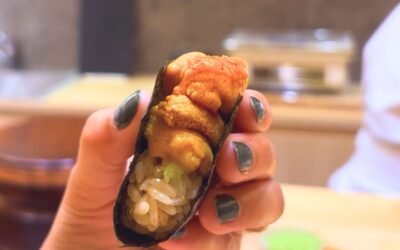Japan is serious about shopping culture. Department stores offer a different shopping experience for those that are looking for the best stores all gathered in one space. Called ‘depāto (デパート)’, they are massive malls and should be on your list of places to visit when you come to Japan. Let’s look at what to shop and the history of department stores, focusing on Nihonbashi Mitsukoshi, the flagship department store in Japan.
One of the best ways to explore Tokyo is to visit the local areas and immerse yourself in the local culture. If you want to explore local areas, we have created scavenger hunt adventures personalised to your interests, filled with fun facts, clues and puzzles. If you’re curious, you can check out the games on the link below! Check out the Flip Japan Games here! |
Practically never-ending, department stores are so large in comparison to many other institutions in Japan. With grand interior designs and high ceilings, department stores will make you feel like you’ve entered a world of posh.
Find out more about Japan travel here: shopping in Japan, the best souvenirs to buy in Japan, nature in Japan, camping in Japan, overnight & day trips from Tokyo, top museums to visit in Tokyo, local neighbourhoods in Tokyo and beaches near Tokyo.
The history of department stores in Japan
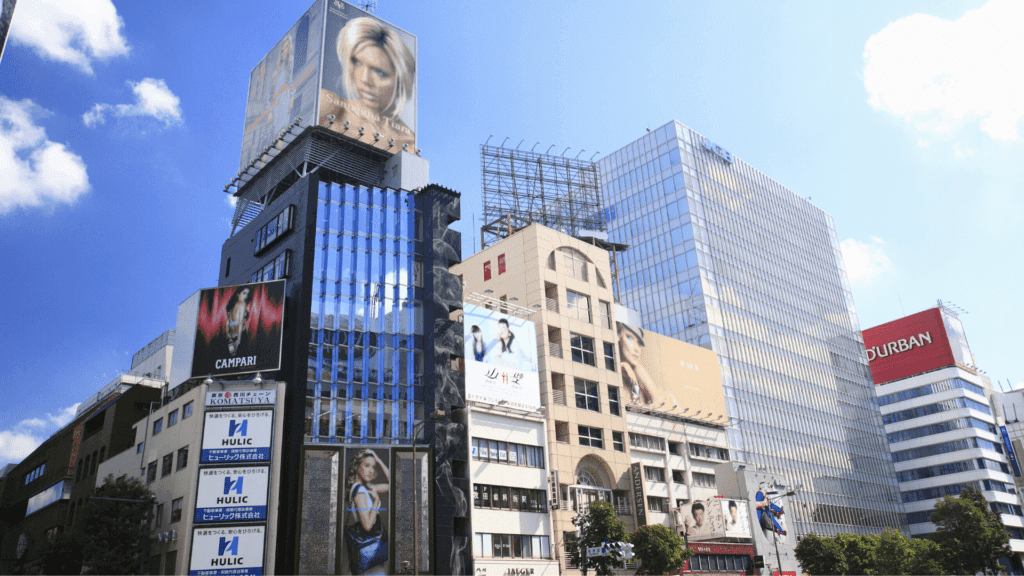
The first thing you’ll notice when you walk into a department store is the staff that greets you at the doorway. The men and women there, all dressed in formal suits with their hair tucked neatly backed, give a soft bow and offer an ‘irasshaimase (いらっしゃいませ、welcome)’ once you walk in.
But department stores weren’t always so inviting. In fact they were meant for only the wealthiest people when the first store, Nihonbashi Mitsukoshi, opened in Japan in 1673. Department stores began to rise in popularity as Western culture spread throughout Japan in the Edo Period. They sold silk draperies that were considered luxurious items that only the richest of the rich could afford.
Due to this, the poor wouldn’t even be allowed into the store, and window shopping wasn’t yet a thing as products would actually be concealed by heavy curtains. The main customers were wealthy men, and it was meant for only the elite (Fujioka, 2014).
Obviously, this discrimination eventually disappeared as department stores began to develop into something closer to what we recognise it as today. The aforementioned Nihonbashi Mitsukoshi was also renovated in 1895, and is now a popular destination to all who come to central Tokyo, rich or otherwise.
You can find out more about the history of department stores here.
Shopping for food in department stores
Department stores in Japan have a ton of food. Usually located on the basement floor is a large marketplace where dozens of small shops gather to sell their goods to willing buyers. Many of these stores sell both freshly-made food that you can eat then and there, and packaged snacks to be given as gifts.
Many have takeout bentō (弁当, Japanese lunch boxes) as well as other savory foods like fried croquettes or gourmet hamburger patties. Desserts and candy are also common here, and you can find many different traditional Japanese sweets and cakes.
Called ‘wagashi (和菓子)’, these Japanese sweets are a popular purchase. Many places will offer free samples, and you pick different kinds of wagashi to then be sorted nicely like a box of chocolates.
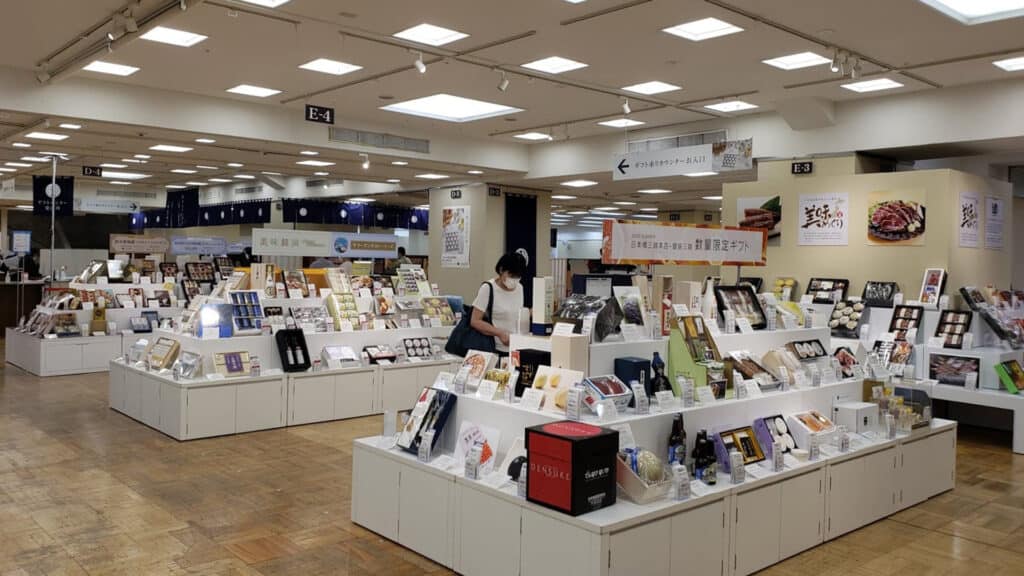
Wagashi are typically small, bite-sized desserts and are enjoyed with green tea. They are crafted beautifully and are great souvenirs to bring back to your friends and family back home. Thankfully, many stores already sell them packaged, and there are many varieties to choose from.
In addition to the basement marketplace, many department stores also have a food court where you can find all kinds of different restaurants. While some share a cafeteria space, others have their own shops within the department store, and you have many options to choose from.
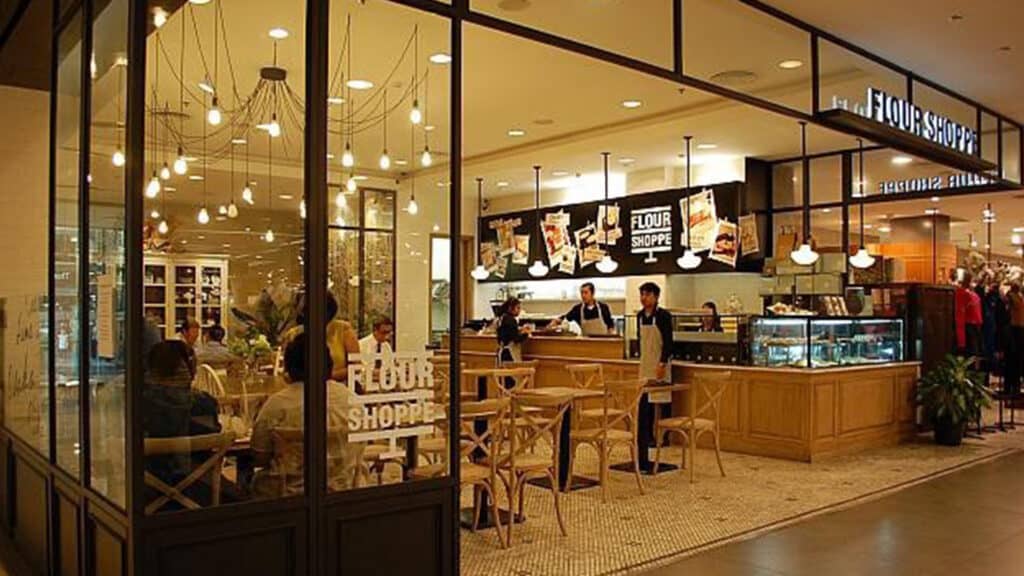
As the idea of a department store stemmed from Western culture, they incorporate many Western brands as well. This expands to food as you can find cuisine from all over the world. From American cafes to Italian gelato, there is so much food that you’re guaranteed to be walking out on a full stomach.
What to shop for in department stores?
Many department stores are shaped in a circle, with shops lining every floor. The clothing stores tend to be on the pricier side as many of the products are from luxury brands. Chanel, Rolex, Kate Spade, they feature many world-renown names.
However, a special characteristic of Japanese department stores is that you can find a lot of traditional Japanese crafts. These are usually all hand-made and considered high-quality.
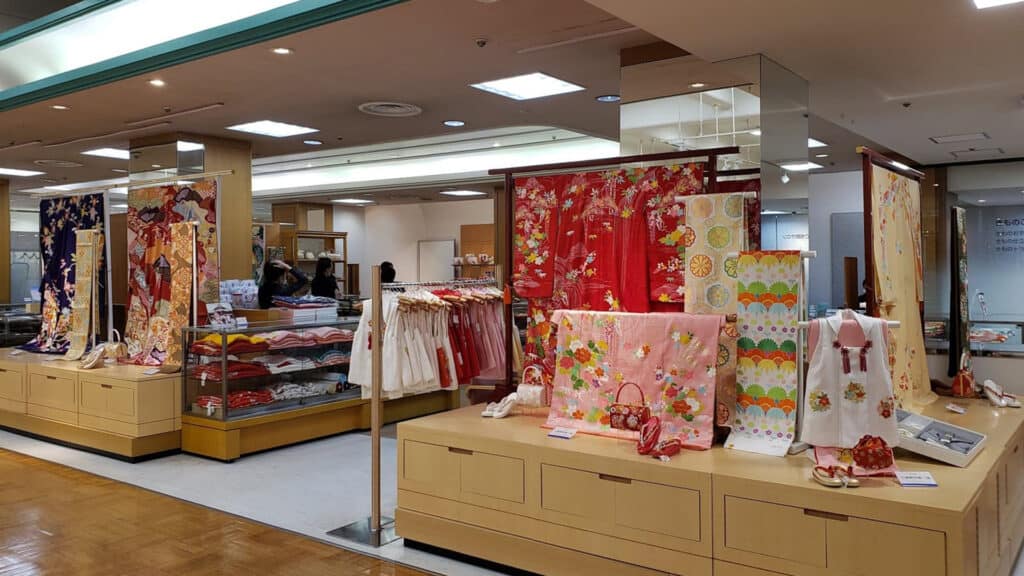
If you’re ever looking for a first-rate kimono, department stores offer a wide range of different designs and sizes. While some have more Japanese-inspired earthy tones, you can also find modern-day styles with bright embroidery. Along with that many of these stores sell accessories to go along with the kimono, and you can find obi (帯, sash) as well as geta (下駄, traditional Japanese sandals).
It’s also a great place to find pottery and kitchenware as many artisans bring their ceramics to sell. While you can find traditional Japanese pottery here, such as the type they would use for tea ceremonies, you can also find designs inspired by other countries such as China or India.
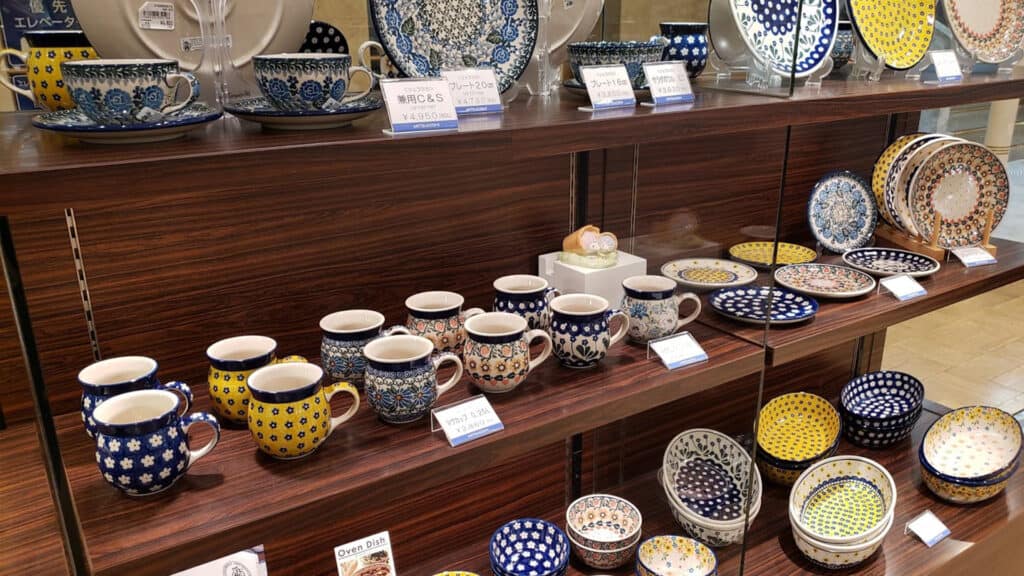
With the shining lights and neatly set up displays, it’s hard to resist buying one of these beautifully crafted ceramic wares.
Many department stores also have furniture. Bed frames, futons, bedding, mattresses, tables, chairs, and more, department stores have a wide range of furniture that you can buy and have delivered to your home.
Nihonbashi Mitsukoshi
As the flagship department store, Nihonbashi Mitsukoshi represents the best of Japanese department stores as it features many different attractions besides shopping.
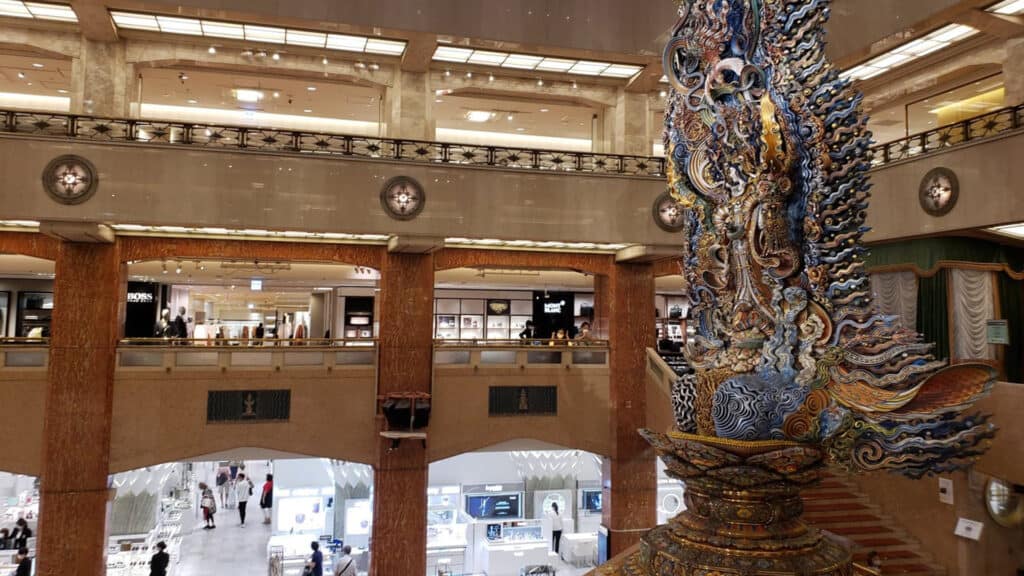
Located in the center is a large statue created by Gengen Sato in 1960. It stands as a focal point of the main store and can be seen from each floor. The building itself incorporates a visually pleasing interior as the ceiling looks something out of an Italian church with stained glass (Nihonbashi Mitsukoshi News, 2017).
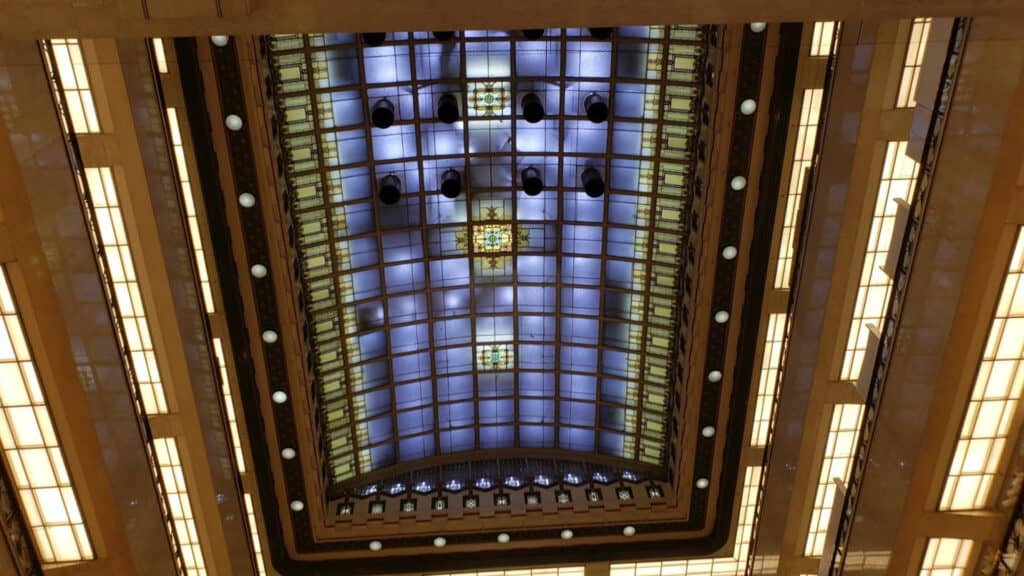
Much like other department stores in Japan, it also has an annex in addition to the main building, where you can find even more brands that have set up shop. Nihonbashi Mitsukoshi also has a roof garden with cafes and a seating area.
With hundreds of shops and restaurants in total, Nihonbashi Mitsukoshi and other department stores are a must-visit for those who want to go on a full-day shopping spree.
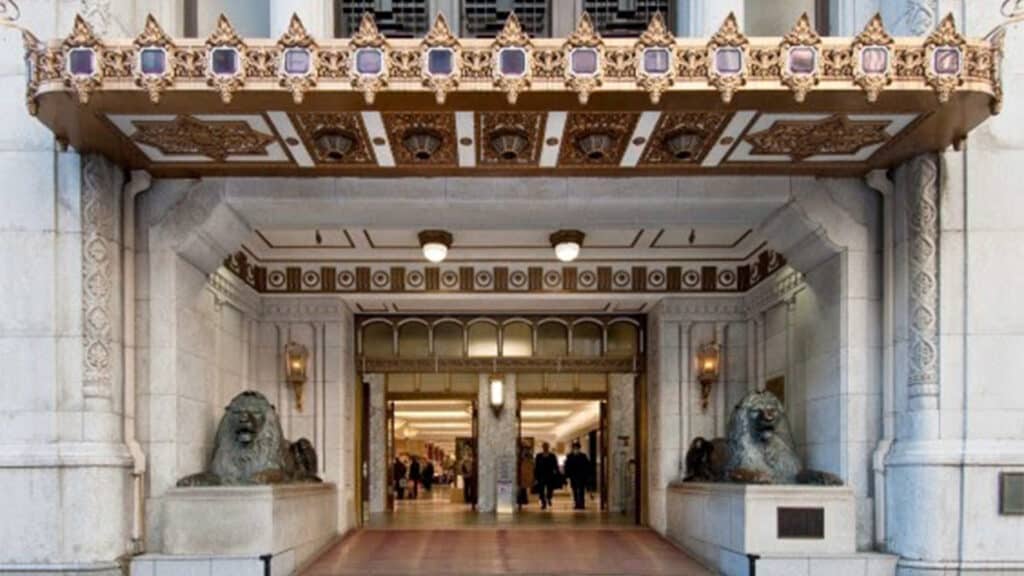
The bronze lions guarding the entrance of Nihonbashi Mitsukoshi are proof of how Japan was influenced by Western culture, as they were inspired by the lions that guard Trafalgar Square in central London. Erected in 1914, these lions serve as a tourist attraction for the large department store (Manish, 2015).
Department stores bring a new kind of shopping experience to Japan as a Western-inspired mall with Japanese customs integrated into it. It gives you a new way to experience Japanese culture on a grander scale. If you’re interested in more places to go shopping, don’t miss our article on 10 Places You Need to Shop At When You Come to Japan.
Even without purchasing anything, shopping in Japan is extremely fun. Take your time to look around, and observe the fine craftsmanship that goes into many of these products. You may just find something that you really want to buy!
—
Find out more about Japan travel here: shopping in Japan, the best souvenirs to buy in Japan, nature in Japan, camping in Japan, overnight & day trips from Tokyo, top museums to visit in Tokyo, local neighbourhoods in Tokyo and beaches near Tokyo.
Find out some nature spots in Japan, day trip ideas from Tokyo, campsites in Japan, and hiking spots in Japan.

